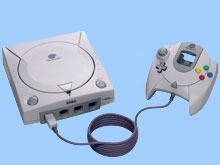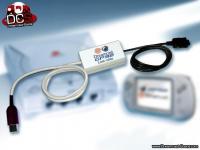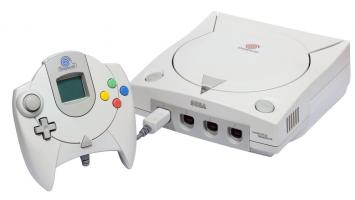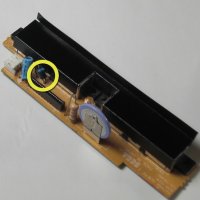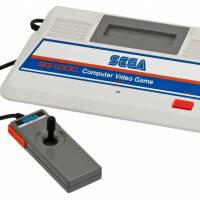Sega and The Demise of the Dreamcast
by Darryl Reeves
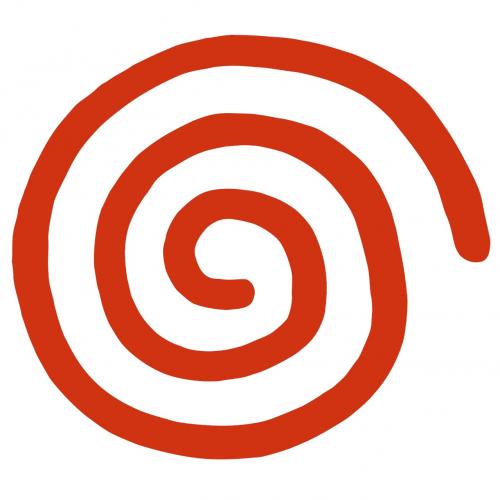
Sega has had a long and inconsistent history in the videogame industry. The Japanese company has released numerous game systems, system add-ons, and actual games since the 8-bit days of the Sega Master System. Sega no longer manufactures video game systems but they are still going strong in the video game industry as a software maker. Many hardware manufacturers have come and gone throughout the short history of console games (3DO, Neo-Geo, Atari, Phillips, etc.) but Sega is arguably the most interesting case because they once held a solid grasp of the video game world in the face of fierce competition from Nintendo. So the question arises, what went wrong? The best way to examine this issue is to analyze their efforts at making competitive hardware systems and look at their last foray into the very expensive videogame hardware industry: the Dreamcast. What started out as a very promising comeback for Sega ended up in failure and their subsequent exit from the hardware market. In the case of the Dreamcast, Sega’s lack of financial muscle, their rush to market, and failure to learn from past mistakes caused this exit despite a worthy system, creative games and marketing, and a huge head start to market in comparison to the competition.
Sega
According to Sega of America’s website (www.sega.com), Sega’s beginning dates back to 1940 when the company was called Standard Games and based in Honolulu, Hawaii. The company moved to Tokyo, Japan in 1952 and was renamed Service Games of Japan. At this time the company was in the business of coin-operated machines. The company merged with Rosen Enterprises (another coin-operated machine maker) in 1965. In 1969, the company was sold to Gulf & Western Industries.
The website goes on to say that the company did very well in the early part of the 1980’s based on Gulf & Western building on Sega’s solid product and marketing strategy which included many ground-breaking games as well as the companies first console game system: the SG-1000. All of these business moves took place in Japan.
After a crash in the US arcade and console market, Sega bought back shares of the company that had originally been sold in Japan and reorganized the leadership of the company. This resulted in a new philosophy that said, “the company vowed to stick not with one concept too long, realizing that each generation of technology has a life and death.” This information is interesting to note and will be discussed later as Sega would stick to this idea, resulting in a number of missteps, which would cause the demise of their hardware enterprise.
Sega’s first foray into the United States’ console business came in the form of the Sega Master System in 1986. This system was the US version of the Mark III, which was released in Japan and competed with Nintendo’s Famicom system. After Nintendo’s successful launch of the Famicom (called the Nintendo Entertainment System (NES) in the United States), Sega followed suit by introducing the Master System. Unfortunately for Sega, their first attempt at reaching the US videogame consumers was a flop as the NES controlled about 90% of the market because of a large head start and superior third- party support despite being technically superior to the NES (Planetdreamcast.com). But Sega was not willing to accept such second-class citizenship and would make a lasting impact on the videogame scene with the release of their second-generation system.
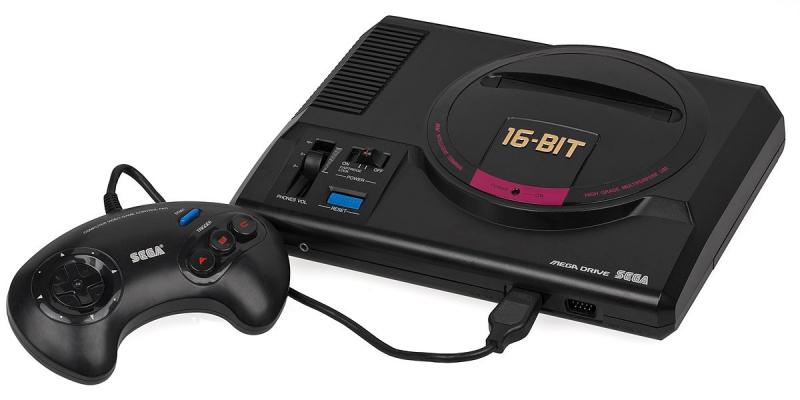
The Genesis
In 1989, Sega released the Genesis (called the Mega Drive in Japan) as their next- generation, 16-bit successor to the Master System. Despite the TurboGrafx-16 having beat the Genesis to the market, the Genesis did extremely well out of the gate. According to Classicgaming.com, the reason for the Genesis’s instant success was “their line-up of quality arcade conversions, killer sports games, and most of all, the full support of Trip Hawkins and Electronic Arts.” The Genesis dominated the videogame scene even after Nintendo’s Super Nintendo Entertainment System (SNES) was released in 1991. It took 2 more years before Nintendo began to put a serious dent into Sega’s market share as development and third-party support for the system began to catch-up despite the Genesis’s lead.
In response to the increasing competition from the Nintendo’s SNES, Sega created and released an add-on to the Genesis called the Sega CD. Nintendo and its third-party partners began releasing games that took advantage of the system’s capabilities because the game designers were finally starting to learn how to truly exploit the system’s power. With the Genesis being an older technology, their response to this was the Sega CD, which they gambled would allow them to remain in the top spot in the video game market because of its superior graphics and CD-quality sound. This turned out not to be the case and the Sega CD did not sell well because “most of the CDs were nothing more than straight ports of the cartridge versions with Redbook CD audio” and “partially due to its $200+ initial asking price” (Classicgaming.com). The problem was not in the idea of the Sega CD but rather in the execution of the idea, which would become a common theme with Sega’s hardware endeavors.
In 1994, the next generation of systems began to be released. Trip Hawkins, formerly of Electronic Arts, formed the 3DO company, which released the 3DO Interactive Multiplayer (Classicgaming.com). In response to this, Sega once again created an add-on for the Genesis. This time it was a cartridge-based system, which boasted of bringing 32-bit quality graphics to their aging 16-bit system. Once again, it was a good idea because it gave the company some more time to keep their customers happy with new technology while their true next-generation successor to the Genesis was developed. The 32X suffered a fate similar to that of the Sega CD because of poor support and a high price tag (Classicgaming.com). Instead of satisfying their loyal consumers, Sega was instead burning them by taking their money and, ultimately, abandoning those systems leaving their costumers with overpriced and under supported systems with no longevity. For those customers who had bought both the Sega CD and 32X expecting to get a taste of the next-level without abandoning the Genesis, they were left with negative sentiments toward the company, which continued to mislead them and take their money without delivering on their promises.
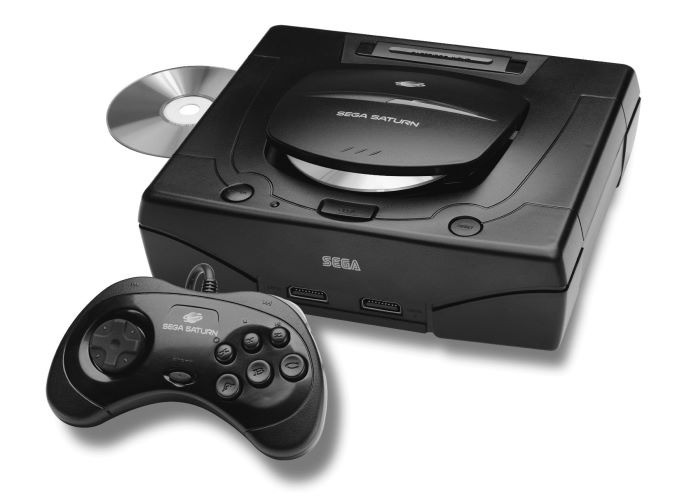
Sega Saturn and The Entrance of a New Player
In 1995, Sega released the Saturn game system as the true successor to the Genesis. The system was CD-based but it also had a cartridge expansion slot, which was never utilized to its full potential. Despite a move towards 3-D, polygon-based graphics in the 32/64-bit era, the Saturn’s strength was in 2-D graphics. One of the most interesting aspects of Sega’s Saturn was that it used two processing chips, utilizing a technique called parallel processing which was a good idea but did not work in practice. Instead of companies being able to just concentrate on maximizing the performance of one chip, they instead had to try and get the most out of two chips while getting them to work together. It was not an easy task. Takahashi comments on this in his book, Opening the Xbox. Quoting Mark Pesce, “a graphics expert and author of The Playful World”, Takahashi writes, “’Parallel processing has never taken off because it’s so damn hard for people to think about. The learning curve is horrendous, with maybe 18 to 36 months for people to learn how to program it’” (p. 19). The potential that existed when getting the two-processors to work together was immense but few programmers outside of Sega’s camp were ever available to do this. This combined with poor distribution to a select few retailers at launch was a deterrent to the Saturn bringing Sega back to the top of the industry.
But this era in the video game industry saw the emergence of a new power in the video gaming world. Sony, the consumer electronics giant, decided to enter the video game industry. There had been others who tried to grab a piece of the videogame pie despite the dominance of Sega and Nintendo (Neo-Geo, TurboGrafx-16, Phillip’s CD-I, 3DO, the once mighty Atari with its Jaguar system, etc.) but none of these company’s had the financial backing with which Sony entered the industry. As a result, Sony was able to launch a major marketing campaign and garner support from many important third-party developers. Many former Sega loyalists jumped ship (including the author) because of the Saturn’s higher price tag ($499 at launch) and from the bitter taste left from the Sega CD and 32X failures. Sony figured out how to truly bring videogames into the mainstream and (along with Nintendo’s N64) they pushed the Saturn into a distant third in the 32-bit/64-bit era (Chau). This was a position from which the company (as a hardware maker) would never rise above in the videogame hardware industry.
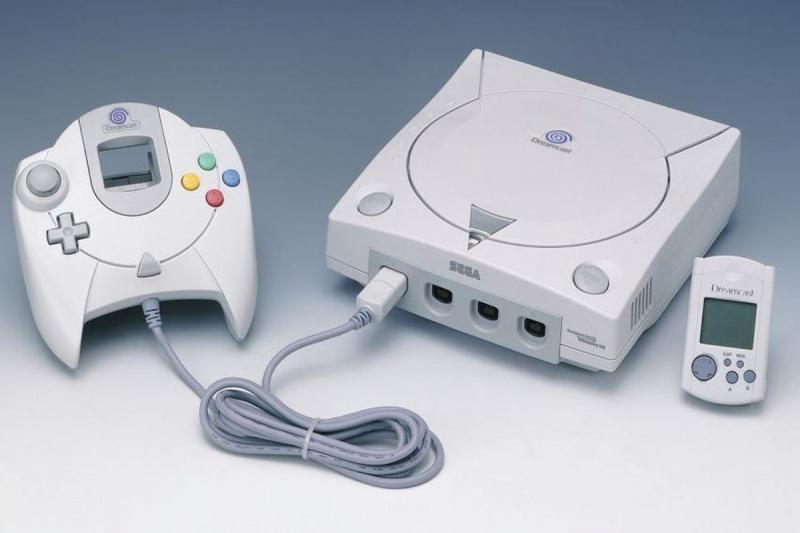
The Dreamcast
With their past experience as a platform to build-on, Sega decided to start the 128-bit era before any of their competitors could get out of the gate. Looking at the 8-bit and 16-bit eras for inspiration, they realized that the first system that is released usually does the best despite later systems being more powerful. Sega decided to make innovative strides with their introduction of the Dreamcast. They teamed up with Microsoft to include an operating system based on the Windows CE system to make games easier to develop for the system in an attempt to make up for the difficult environment used in Saturn game development. The Dreamcast was the first system to include a modem built into the system and their plans for online play for the system were ambitious (Muldoon, “Can Sega Save the Dreamcast,” 1). They put $100 million into a marketing blitz leading up to the September 9, 1999 launch of the system with a compelling and unique campaign reminiscent of their 16-bit Genesis glory days (Brown). The question on everyone’s mind was whether or not this would bring Sega back to its glory days.
Success...
The Dreamcast launched on 9/9/99 with a price tag of $199 with no game included with the system. Sega of America’s president, Peter Moore summed up what the difference was between the Dreamcast and the Saturn when he said, “We screwed up. Everything that went wrong with Saturn, we've learned from: insufficient distribution; poorly thought out marketing campaign; hardly any software at launch -- all of those things have been resolved and are well in our past” (Muldoon, “Can the Dreamcast Save Sega?”, 2). Stores opened at midnight in order to let gamers who preordered the system get their eager hands on the Dreamcast as soon as possible (Muldoon, “Dreamcast Chaos!”). According to Sega’s numbers, around 300,000 eager fans decided to pre-order their system (Brown, “Dreaming of Dreamcast”, 1). The system launched with 19 games with many of them being sports and racing games (Brown, 1). This emphasis on very “mainstream” game genres showed that Sega was targeting a wider audience then they did in their days with the Saturn and was a direct attempt and reaching out to the masses, which had been such a big part of the PlayStation’s success.
The opening numbers were impressive for the system. As mentioned before, Sega sold around 300,000 units on pre-order sales. In the first two weeks, 500,000 Dreamcasts had been sold (PCRev.com). This resulted in a profit of $97 million on the first day alone (Orl). The Dreamcast came out with a bang just as Sega had hoped.
...Ultimately Ending in Failure
But sales did not keep up at this pace and the lead Sega expected to get (by reaching the market a year before the competition) never materialized. The system was not able to gain the market share that it needed to dethrone Sony or take the second spot from Nintendo. While third-party support was greater than it had been for the Saturn, it was not enough to hold gamers attention. A notable absence from the Dreamcast camp was Electronic Arts. The sporting game giant decided not to support the system from the beginning and Sega’s sports games were the only ones available to the large sporting fan base in the United States. With the knowledge that Nintendo, Sony, and newcomer Microsoft all had systems (more powerful than the Dreamcast) on the way, many consumers did not jump on the Dreamcast bandwagon. In fact, “the older Sony machine [PS1] and the Nintendo 64 continued to outsell the Dreamcast” (Takahashi, 193).
The Dreamcast was not able to have the impact that Sega expected and needed in order to reclaim their share of the market as they had back in the 16-bit days. When Sega stopped manufacturing the system, only 8 million consoles had been sold worldwide (Takahashi, 26). Takahashi sums up what happened to the Dreamcast, “The Dreamcast grabbed barely 15 percent of the market in its US launch. Over time the shares shrank, and the console was scuttled in 2001” (13). The end of Sega, the hardware maker, had finally arrived.
Conclusion
Sega has subsequently abandoned the hardware market and is solely a videogame developer now. This announcement was made January 1, 2001 and had been rumored for a while. Sega’s President, Peter Moore, explained that the current structure of the videogame industry was such that it was not profitable to be a hardware manufacturer because all of the profit was made on the games. “The hardware business is not profitable. The average loss on a piece of video game hardware is between $50 and $200. By the time the system hits shelves, most hardware companies are in the hole due to warehousing shipping, and marketing costs” (Abel). The company’s that were formerly competition have now become allies as Sega supports all three major systems (Microsoft’s Xbox, Nintendo’s Gamecube, and Sony’s PS2) as well as produces games for handheld devices such as Palm’s.
Sega’s lack of financial muscle, rush to market, and failure to learn from past mistakes caused their demise as a hardware company despite a worthy system, creative games and marketing, and a huge head start to market in comparison to the competition. To treat the Dreamcast as an isolated incident in Sega’s history would be a failure to totally comprehend how Sega’s history impacted (arguably) their greatest system. The Dreamcast continued the Company’s vision of not sticking with one technology for too long. It was an unfortunate victim of past mistakes that had soured consumers’ views towards the company. As a hardware manufacturer, the company had fallen too far down the mountain that they once stood atop in the days when the Genesis controlled over half of the market. It would have been an amazing feat if the comeback had been a success.
In the end, the company decided to focus on what has consistently made them successful and works better within their financial capabilities and that is to be a software developer. It is just a shame that the Dreamcast was the system that finally had to open Sega’s eyes to this reality.
Bibliography
- Abel, Christopher. “Sega President Explains Why His Company Is Leaving The Hardware Business.” Game Nation. January 31, 2001. http://www.gamenationtv.com/gamingnews/segapresident.shtml (17 March 2003).
- Brown, Janelle. “Can Sega buy success for the Dreamcast?” Salon.com. August 25, 1999. http://www.salon.com/tech/log/1999/08/25/sega_dreamcast/ (5 March 2003).
- Brown, Janelle. “Dreaming of Dreamcast.” Salon.com. September 14, 1999. http://archive.salon.com/tech/review/1999/09/14/dreamcast/ (11 March 2003).
- Chau, Anthonny. “August IGN Peter Moore Interview.” SegaFans. http://dynamic5.gamespy.com/~saturn/test/articles/ignpm.txt (8 March 2003).
- “History.” Sega.com. http://www.sega.com/segascream/legacy/history.jhtml (10 March 2003).
- Muldoon, Moira. “Can the Dreamcast save Sega?” Salon.com. August 16, 1999. http://www.salon.com/tech/feature/1999/08/16/dreamcast/index.html (8 March 2003)
- Muldoon, Moira. “Dreamcast Chaos!” Salon.com. September 9, 1999. http://archive.salon.com/tech/log/1999/09/09/dreamcast/ (5 March 2003).
- Orl, Kyle. “Dreamcast Is Dead! Long Live Dreamcast.” Joystick101.org. May 23, 2001. http://www.joystick101.org/story/2001/5/22/1355/34385 (15 March 2003).
- “Sega gets sales high score with Dreamcast.” PC Rev. http://www.pcrev.com/news/p3.shtml (10 March 2003).
- “Sega History.” Planet Dreamcast. http://www.planetdreamcast.com/about/sega/#2 (11 March 2003).
- Takahashi, Dean. Opening the Xbox. Roseville, CA: Prima Publishing, 2002.
- “Welcome to the Next Level.” Classic Gaming. http://www.classicgaming.com/museum/genesis (11 March 2003).











